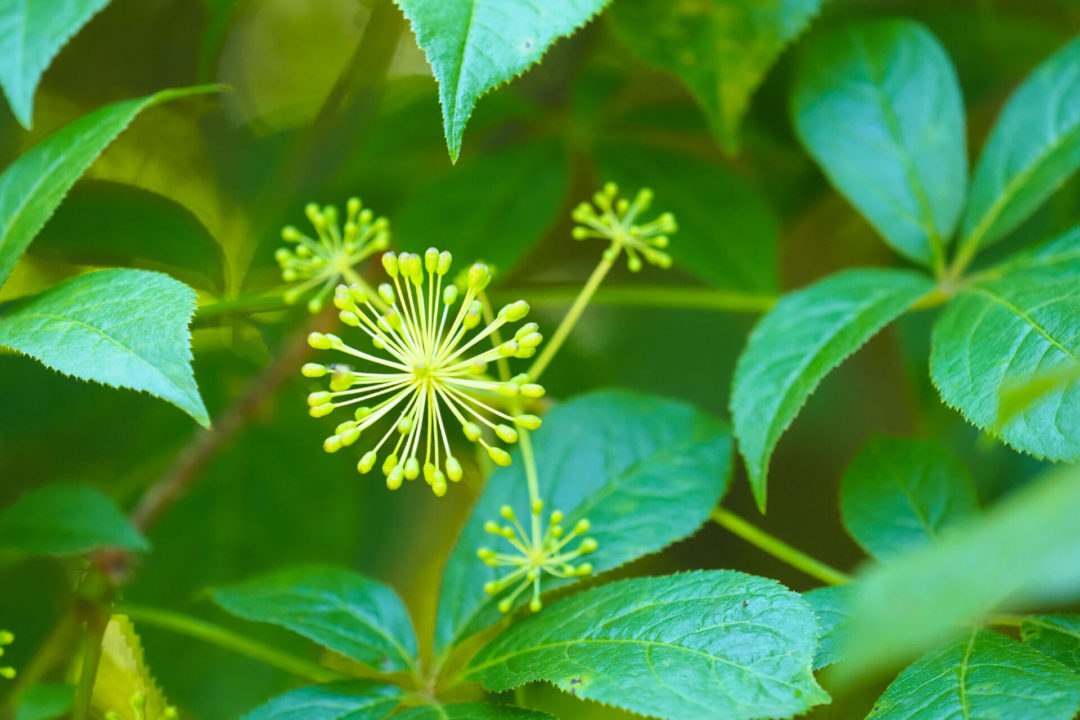Eleuthero, also known as Siberian Ginseng, is an adaptogen that may help increase the human body’s ability to resist and cope with stress. The press release notes that it has authorized product label claims in the European Union, including “symptoms of asthenia such as fatigue and weakness.”
Eleuthero root adulteration with related species from the genusEleutherococcus, as well asPeriploca sepium, also known as Chinese silk vine, has been documented. Additionally, the press release notes, industry experts have confirmed adulteration of eleuthero root with eleuthero aerial parts (fruits, leaves, stems) in commerce. One of the reasons for the increased use of aerial parts is the slow growth of eleuthero root, which has prompted some farmers to move to annual harvesting of faster-growing, more easily harvestable, and potentially more profitable fresh aerial parts.
However, a top reason for adulteration: naming convention.
Stefan Gafner, Chief Science Officer, American Botanical Council, explained: “Eleuthero root adulteration is an example of the challenges of using vernacular names in the botanical ingredient trade.Ci wu jiais the Chinese pinyin name for the root, rhizome, or stem ofEleutherococcus senticosus, whilewu jia piis the root bark of the relatedEleutherococcus nodiflorus. Chinese herbal literature refers to both species as ‘Eleutherococcus,’ suggesting both can be used interchangeably, but making it somewhat difficult to distinguish the two related species based on their common names. Additionally, a large portion of what is sold asEleutherococcusin the Chinese domestic market is estimated to consist of a very distinct species,Periploca sepium, or Chinese silk vine. In TCM, Chinese silk vine is referred to by its pinyin name ofxiang jia pior northernwu jia pi.”
BAPP collaborator Roy Upton, Executive Director of the American Herbal Pharmacopeia, added: “This is a very interesting example of how adulteration can occur; it is like a second-generation adulteration. The primary adulteration is because traders are usingPeriplocainstead ofEleutherococcus nodiflorusin the Chinesewu jia pimarket. Then, in turn, the same wrong species,Periploca, is used when buyers are looking for other species ofEleutherococcussuch asEleutherococcus senticosus.Periplocais a botanical that is used completely differently from our use of eleuthero as a tonic. This is why it is so important for herb traders to know the source of their material. There is no great economic incentive to do this; it is mostly based on the use of regional common names in southern versus northern China.Eleutherococcus senticosusgrows in northern China;Periplocagrows in the south. Just asking a few questions of suppliers can help to minimize the potential for adulteration.”
Related: Adaptogens: Helping us deal with the 2020s BAPP Releases LGD on St. John’s Wort 2020 Was the Biggest Year Yet for Herbs, According to ABC Report
The BAPP eleuthero bulletin was written by Sanem Hosbas Coskun, Ph.D., an expert in natural products chemistry and analysis at the Office of Dietary Supplements (ODS) at the National Institutes of Health (Bethesda, MD); and herbal medicine expert and ABC advisory board member Josef Brinckmann, Research Fellow at Traditional Medicinals (Sebastopol, CA). The bulletin summarizes the published data on eleuthero root adulteration and some of the nomenclatural confusion surrounding eleuthero root. It also provides an in-depth review of the market and supply chains and discusses analytical methods for detecting adulteration. The bulletin was peer-reviewed to confirm accuracy by 21 medicinal plant experts from academia, contract analytical laboratories, and the dietary supplement industry in the United States and internationally.This is BAPP’s 24thbotanical adulterants prevention bulletin and 70thpublication to date. Like all publications, it is freely accessible with registration on BAPP’s website.










